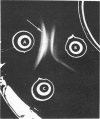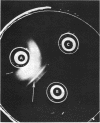Abstract
Immunodiffusion and immunoelectrophoresis techniques have revealed the presence of soluble antigens in sonicated preparations of four infective strains of Rhizobium trifolii which were absent in similar preparations of related noninfective mutants derived from the infective strains. The soluble antigens unique to the infective strains were cross-reactive with one another.
Full text
PDF
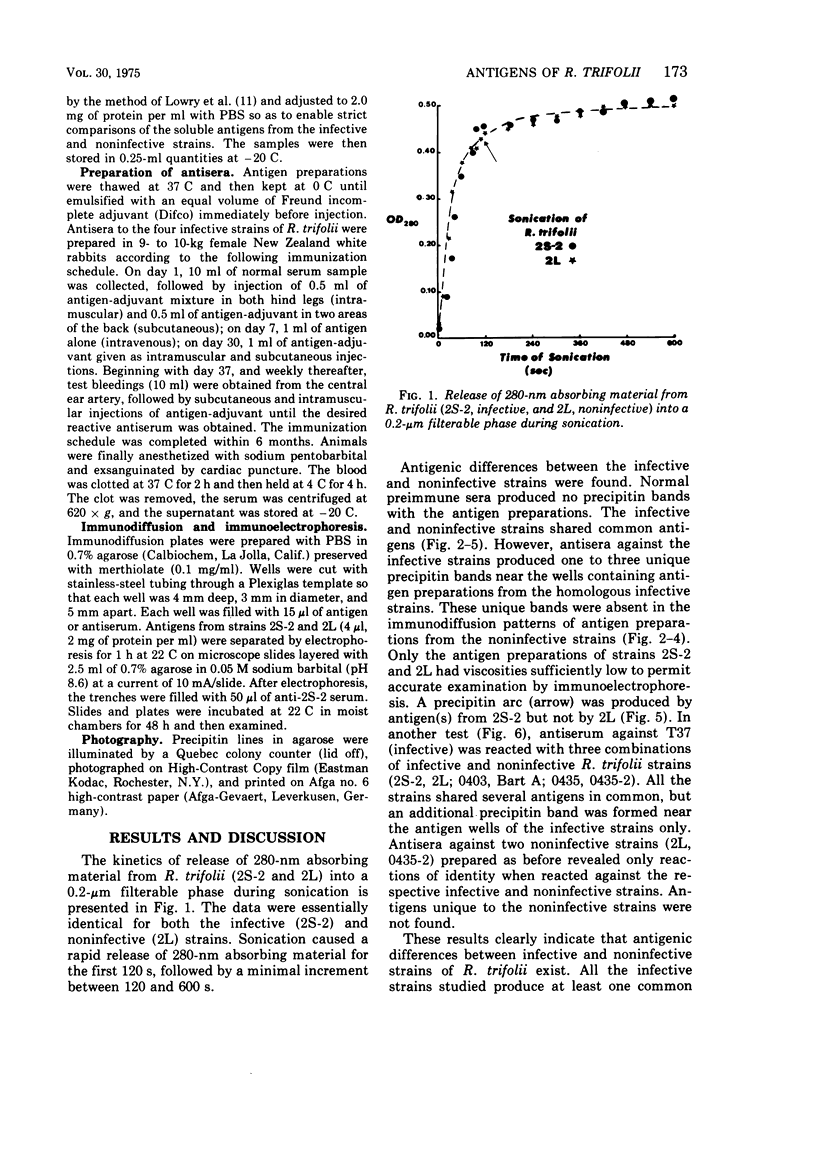
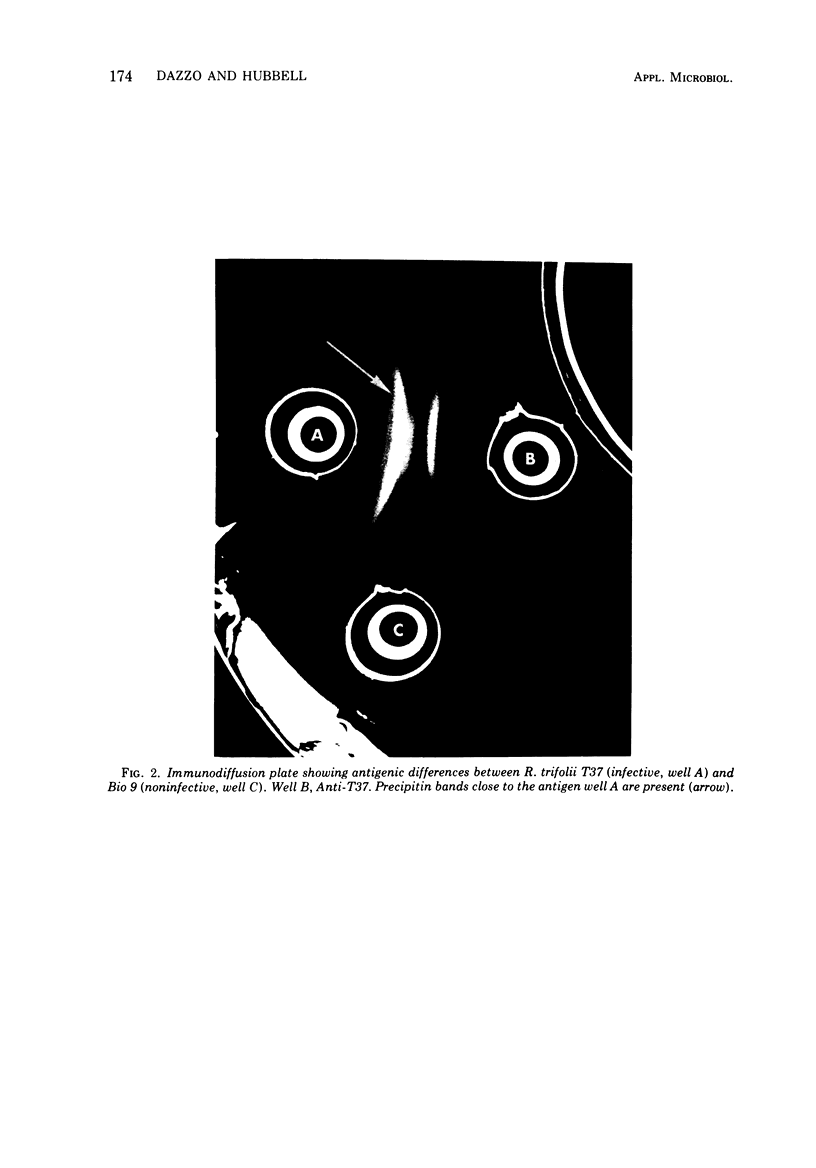
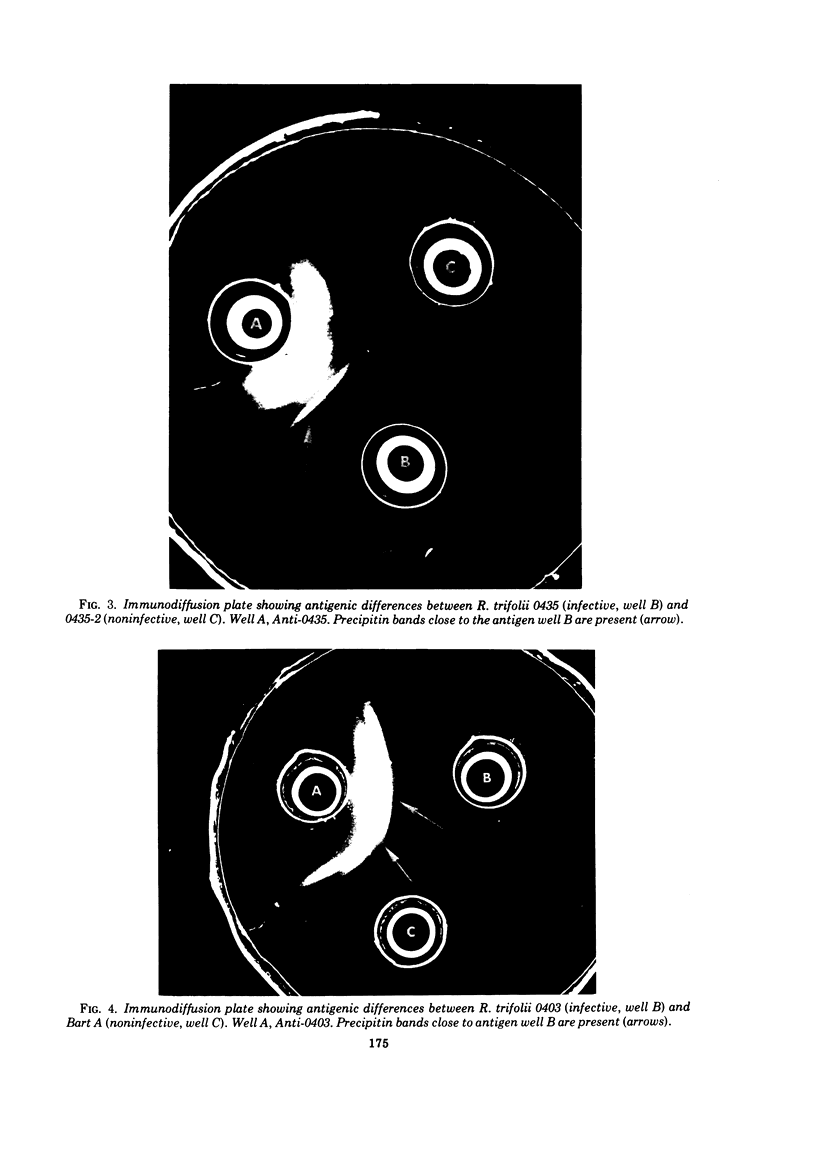
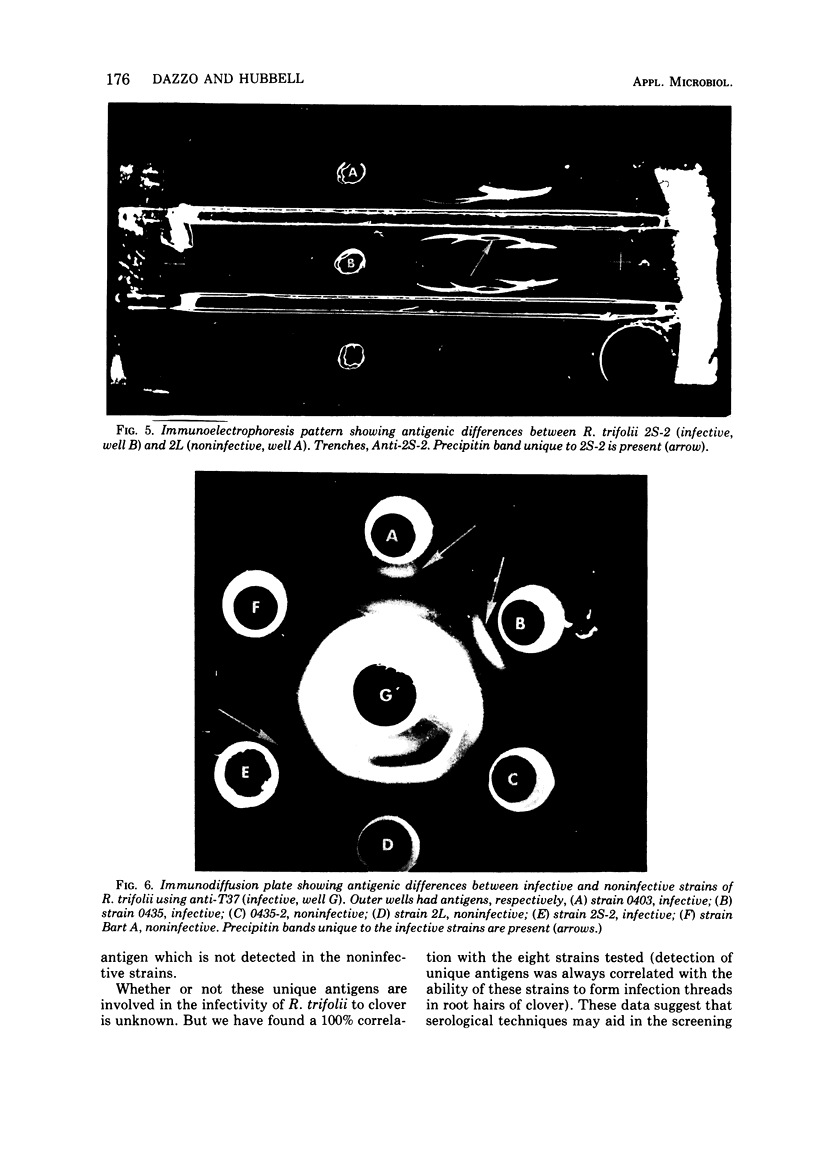
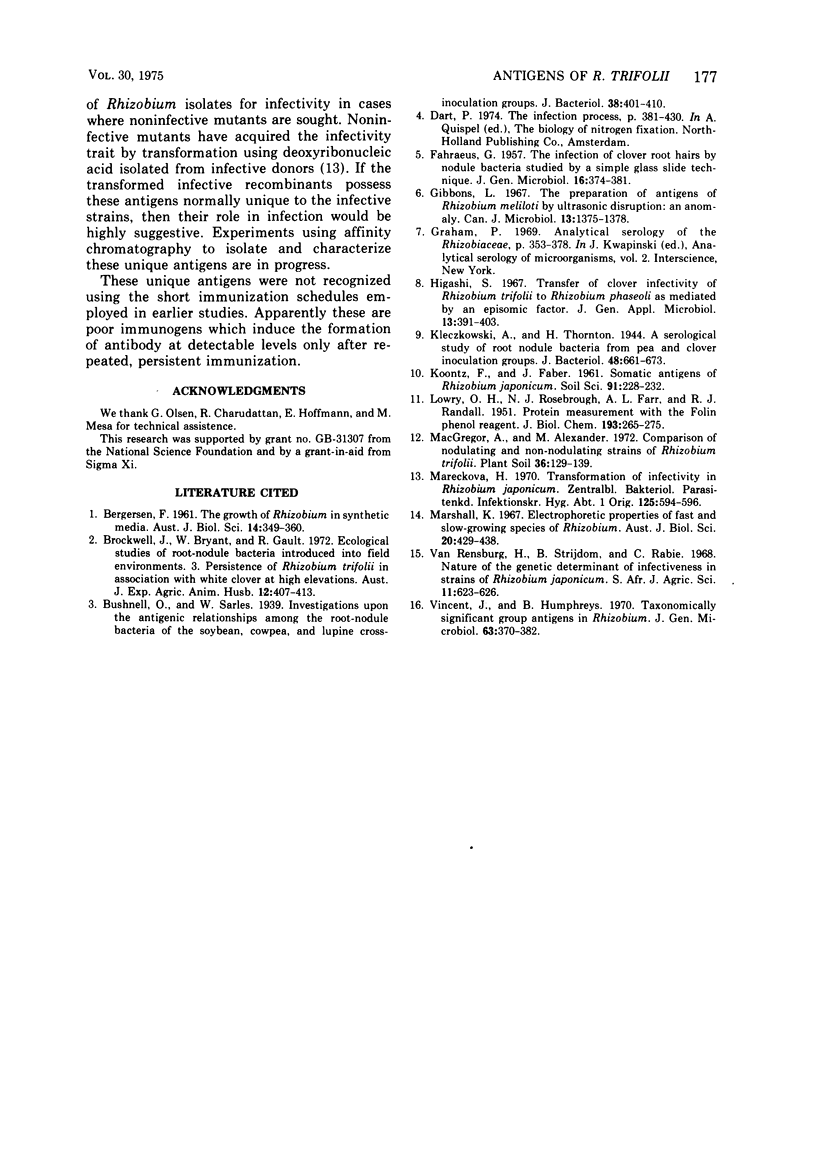
Images in this article
Selected References
These references are in PubMed. This may not be the complete list of references from this article.
- Bushnell O. A., Sarles W. B. Investigations upon the Antigenic Relationships among the Root-Nodule Bacteria of the Soybean, Cowpea, and Lupine Cross-Inoculation Groups. J Bacteriol. 1939 Oct;38(4):401–410. doi: 10.1128/jb.38.4.401-410.1939. [DOI] [PMC free article] [PubMed] [Google Scholar]
- FAHRAEUS G. The infection of clover root hairs by nodule bacteria studied by a simple glass slide technique. J Gen Microbiol. 1957 Apr;16(2):374–381. doi: 10.1099/00221287-16-2-374. [DOI] [PubMed] [Google Scholar]
- Gibbins L. N. The preparation of antigens of Rhizobium meliloti by ultrasonic disruption: an anomaly. Can J Microbiol. 1967 Oct;13(10):1375–1378. doi: 10.1139/m67-184. [DOI] [PubMed] [Google Scholar]
- Kleczkowski A., Thornton H. G. A Serological Study of Root Nodule Bacteria from Pea and Clover Inoculation Groups. J Bacteriol. 1944 Dec;48(6):661–672. doi: 10.1128/jb.48.6.661-672.1944. [DOI] [PMC free article] [PubMed] [Google Scholar]
- LOWRY O. H., ROSEBROUGH N. J., FARR A. L., RANDALL R. J. Protein measurement with the Folin phenol reagent. J Biol Chem. 1951 Nov;193(1):265–275. [PubMed] [Google Scholar]
- Marecková H. Transformation of infectivity in Rhizobium japonicum. Zentralbl Bakteriol Parasitenkd Infektionskr Hyg. 1970;125(6):594–596. [PubMed] [Google Scholar]
- Marshall K. C. Electrophoretic properties of fast- and slow-growing species of Rhizobium. Aust J Biol Sci. 1967 Apr;20(2):429–438. doi: 10.1071/bi9670429. [DOI] [PubMed] [Google Scholar]
- Vincent J. M., Humphrey B. Taxonomically significant group antigens in Rhizobium. J Gen Microbiol. 1970 Nov;63(3):379–382. doi: 10.1099/00221287-63-3-379. [DOI] [PubMed] [Google Scholar]



